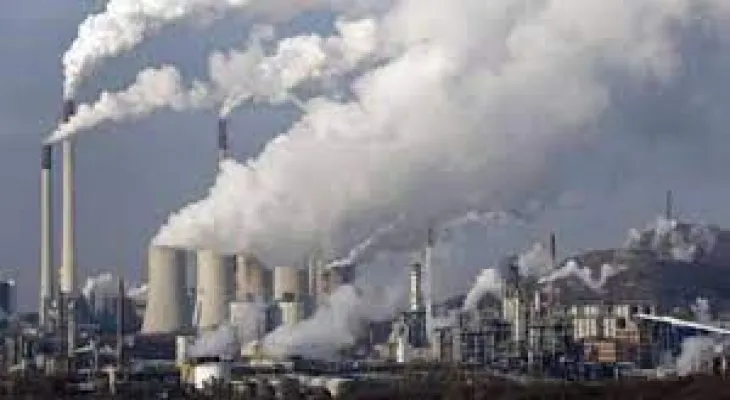Search here
Newspaper
Search here

Arab Canada News
News

Published: June 28, 2022
The federal government is postponing the new gasoline and diesel emissions standards for another year, but it is demanding the oil and gas sector make greater fuel emission reductions by 2030 given how much money companies are making now.
The cabinet approved the final regulations for the long-awaited Clean Fuel Standard last week and the Canadian press obtained them today before their publication on July 6.
A statement from Environment Minister Steven Guilbeault’s office on Monday said: “The CFS will be a key tool complementing pollution pricing and the suspended oil and gas sector emissions cap to reduce emissions and drive the use of clean fuels and technology in Canada.” “Since the previous CFS draft, we’ve worked to make this focus as much as possible on our ultimate goal — reducing emissions and driving innovation.”
The Clean Fuel Standard was first pledged in 2016 as part of the Liberals’ initial climate plan.
At the time it was expected to cut 30 million tonnes of greenhouse gases annually by 2030, but a new analysis based on the final regulations is expected soon.
The initial plan was to have draft regulations ready by the spring of 2020, but the draft was not published until December 2021, followed by a mandatory six-month suspension period.
The draft regulations said the new standard would come into force in December 2022. But the final regulations say the first compliance check will be in December 2023.
The draft regulations also included kerosene, or jet fuel or fuel oil, on the list of fuel types that must comply but it was not included in the final regulations.
But they increased the expected emission reductions from both gasoline and diesel. The draft regulations expected gasoline to reduce carbon intensity by 2.5 percent in December 2022 from a baseline set using the 2016 average intensity.
The final plan slightly adjusts that baseline and requires a 3.6 percent decrease for gasoline, and 3.8 percent for diesel in December 2023.
The emissions intensity cap decreases each year until 2030. Initially the plan was for gasoline and diesel emissions intensity to drop 12.5 percent by 2030.
However, the final regulations now state gasoline must decrease by 14.7 percent by 2030, and diesel by 15 percent.
In June 2020, the federal government said it would shrink the standard in the early years as oil and gas companies struggled from pandemic-related revenue losses.
Guilbeault’s office says companies are making record profits and “there is no question there is the ability to invest in clean options.” “In fact, the industry’s future sustainability depends on investment in innovation.”
Most Canadian oil and gas companies recorded huge profits in the first quarter with global oil prices rising, largely due to Russia’s invasion of Ukraine.
In May, Guilbeault told the Canadian press he expected these companies to use those profits to invest in clean technology, after an Oil Patch CEO complained federal tax credits for carbon capture and storage technology were not generous enough.
Emission intensity is calculated according to so-called life cycle emissions — every ounce of carbon dioxide, methane, or other greenhouse gases produced during the extraction, processing, refining, upgrading, transportation, and finally burning of oil and gas.
There are multiple options to reduce emission intensity, such as replacing fossil fuels with clean electricity during extraction or refining phases, distributing biofuels like ethanol and biodiesel, or investing in electric or hydrogen-powered vehicles.
Comments